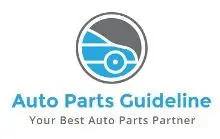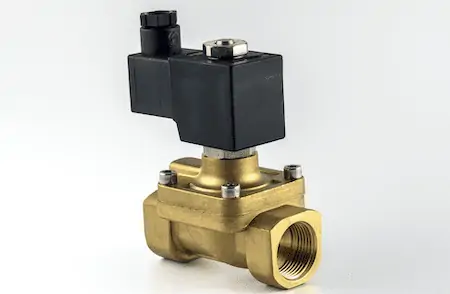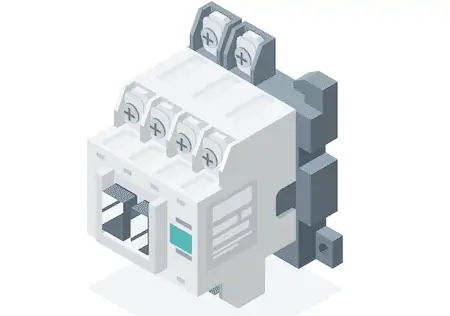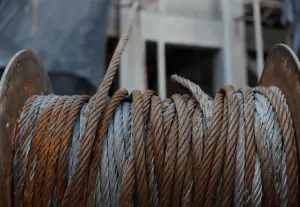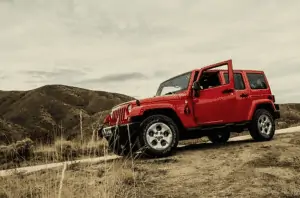No matter how much you spend to buy a quality winch, at some point in its service you may face some troubles. It can happen for multiple reasons and you may require fixing it or going for a replacement if needed.
When it comes to the mechanical parts of a winch, they tend to have fewer issues than the electrical components of it. And, the most common problem with electrical parts is that the winch’s contractor or solenoid gets malfunctioned.
So, if you need to fix or replace it, then which one you should go with- a Solenoid or a Contactor?
What are the differences between these two? And how would you make this decision? Just keep on reading this comparative analysis between winch contactor vs. solenoid to get the answers in detail.
Why Do You Need to Choose One Between Contractor and Solenoid?
It’s clearly evident that you might experience some technical problems with your winch at some point down the line. It may be because of countless reasons, such as old age, mechanical failure, or electrical failure.
However, it is something that you can’t just avoid. And most of the time, the issues arising with your winch are because of electrical parts.
The mechanical components of a winch rarely break since they are designed to be quite durable and rugged. On the contrary, electrical parts in a winch are more likely tend to fail. They can easily be corroded or get wet.
Your winch may malfunction or not start up at all due to the slightest damage to the electrical circuits. And, in this case, the solenoid or the contactor of your winch is the most susceptible to damage.
Is there an actual reason for you to choose between a solenoid and a contactor? Will choosing either one of them bring a negative impact to your winch?
Simply, no. However, the capabilities of your winch do get limited when you get a solenoid for the winch of your truck.
But you also need to keep in mind that going with a solenoid over a contactor will limit around 90% of the current in your winch, which is very inefficient.
You need to carefully choose between the two so that you can get the one that is best for your need. Understanding their roles and differences is a great way to learn and choose the right one as you require.
Importance of Knowing About Solenoid and Contractor
If you have no idea what solenoids and contactors are, you should know that they are the on and off switches for your winch. Without solenoids or contactors, you would not be able to switch on your winch, let alone be able to control it properly.
All you would witness happening in the drum of your winch is uncontrollable rotation, which is why it is not recommended.
Before we jump into intricate details and analyze both of them, we need first to understand the basics. To properly understand solenoids and contactors, first, we need to learn about a switch called a relay.
Relay: What is it All About?
The electromechanical switch that is most commonly used in many vehicles is called a relay. The main purpose of a relay is to control circuits that are highly powered by relaying lower electrical currents, which are generally around 40 to 100 amps.
A lot of high-powered circuits can also be controlled with just one electrical signal. Most modern cars activate the auxiliary lamps, fan motors, blower motors, and headlights of the vehicle using relay switches.
Relay switches are available in many different designs, such as electromagnetic relays, that allow the flow of electric current by using a magnet.
There are also solid-state relays that use a semiconductor to enable the flow of electric current. Here are some of the different relay switch configurations:
#1. Mini ISO Relays
This switch comes into the automotive industry as a standard blueprint and is mainly used for general purposes. In simpler terms, Mini ISO Relays are the most basic and simplest type you can get.
Moreover, it nicely fits into electrical applications such as the horn, lighting, cooling, heating, and starting of most vehicles.
#2. Micro Relays
In the automotive industry, micro relays are known to offer a standard pattern, which is universally recognized, for electrical terminals.
These relays come in as a small plug-in design in the automotive industry to be used. A micro relay comes significantly in handy for switching operations that require more than 35 amps.
#3. Maxi Relays
You can guess from its name that it is a stronger and more updated version of micro relays. Maxi relays operate in the same way as micro relays, just for use in task-heavy applications.
They are an excellent option for car alarms, cooling fans, fuel control, and engine management.
#4. ISO 280 Micro, Mini, and Ultra Relays
While looking at the name, you may think that it is overly exaggerated. It is done so for good reasons. These relays are actually more compact and smaller versions of the standard relays mentioned above, and they also provide almost equivalent performance.
The only thing that you may notice as a difference in this one is that they feature a design and a pin size of ISO 280 footprint.
These relays are mainly designed to fit into power distribution units, holders, and ATM fuse boxes.
What are Solenoids?
Now that we have talked about what a relay switch is and the different types of relay switch configurations, it is time to learn about what solenoids are.
Solenoids are actually a different kind of relay switch. The difference that makes a solenoid unique is that it is designed and engineered to switch to a heavier current remotely. This current is generally ranging anywhere between 80 to 100 amps.
Compared to the more miniature micro electric relays, the solenoid relays generate a magnetic field using a coil to let the current pass through. Once this takes place, the circuit is then opened or closed by it.
The terms “relay” and “solenoid” can often be used conversely. However, you should keep in mind that in the automotive industry, a solenoid is typically referred to as a “metal can” type.
The winch solenoids operate in the same way by being your winch’s switch. The primary role of solenoids in a winch is to supply the winch the required amount of current. Doing this can help to prevent any damage done to your battery.
The current flows from the battery to the solenoid when you switch on your winch. The solenoid then helps to carry out the current to the engine after it has been activated.
A standard winch comes with two solenoids that are isolated from forwarding and reversing. You will see relays generally being referred to as a “cube” style standard relay.
What are Contactors?
When you need a heavier current load, which is usually seen ranging from 100 to as high as 600 amps, then your main relay switch needs to be a contactor.
Contactors are effective and easily affordable to use, but they also come with a voltage rating that allows them to sustain voltages from as low as 12 DC to as high as 12000 DC.
The most common applications where contactors are used are heavy trucks and heavy-duty tools, buses, industrial mechanical and electric motors.
The list also includes boats, emergency vehicles, mining, electric and hybrid cars, light rail, and many other operations that require an excessive amount of power for any solenoid or even standard relay to hold out.
To keep the contacts close, contactors generally come with a coil economizer that is integrated. It helps them reduce the amount of power required, which in turn helps to increase the reliability and flexibility of the system.
Most of the time, you will find them available with optional auxiliary contacts.
Choosing the Right One
If you are looking at them in terms of their capabilities, then contactors are at the top tier, then the central place would be taken by solenoids, followed by the lower end tier relays. Even though contactors can take care of even the heaviest jobs, you sometimes don’t require that amount of power.
Moreover, amongst the three options, the most expensive and heaviest option would be the contactors. In contrast, solenoids and relays are much cheaper alternatives and they are more portable too.
You need to understand which one of these options fits your job the best. If you already have a heavy-duty winch or are involved with heavy-duty tasks, then a contactor would be perfect.
If your operations are not that heavy, then you should go with a solenoid. Go with the option that easily fits in the hood of your vehicle. It would be pointless to have a contactor that doesn’t fit in your vehicle.
Final Words
Both winch contactors and solenoids serve the purpose of helping you to fix your winch. There’s nothing worse than getting stuck in an empty road with a broken winch.
So, make sure you choose a winner from the battle of winch contactor vs. solenoid as per your need.
When it comes to which one is better, there is almost certainly no actual winner. Each has a specific purpose that they are good at, and choosing which one to go with comes down to your requirements from a winch.
We hope this helped you in understanding more about contactors and solenoids!
